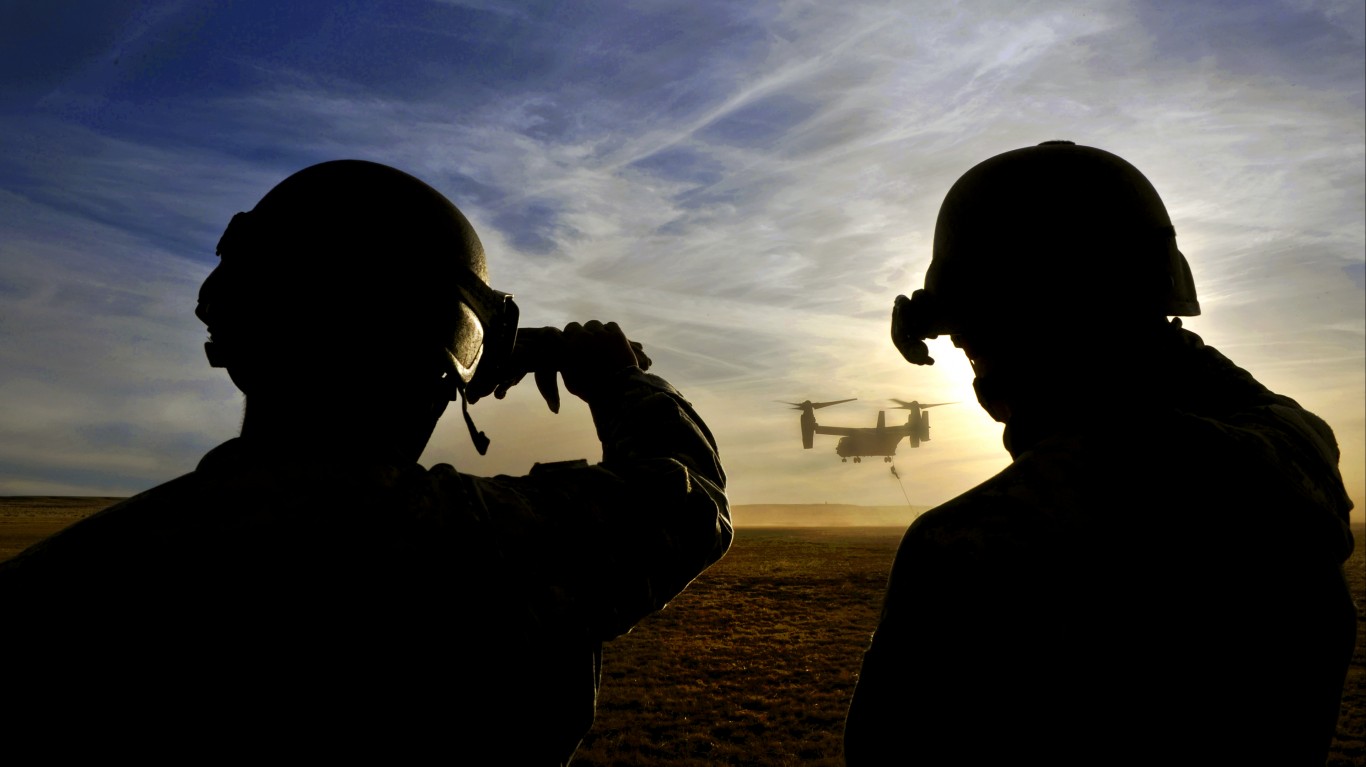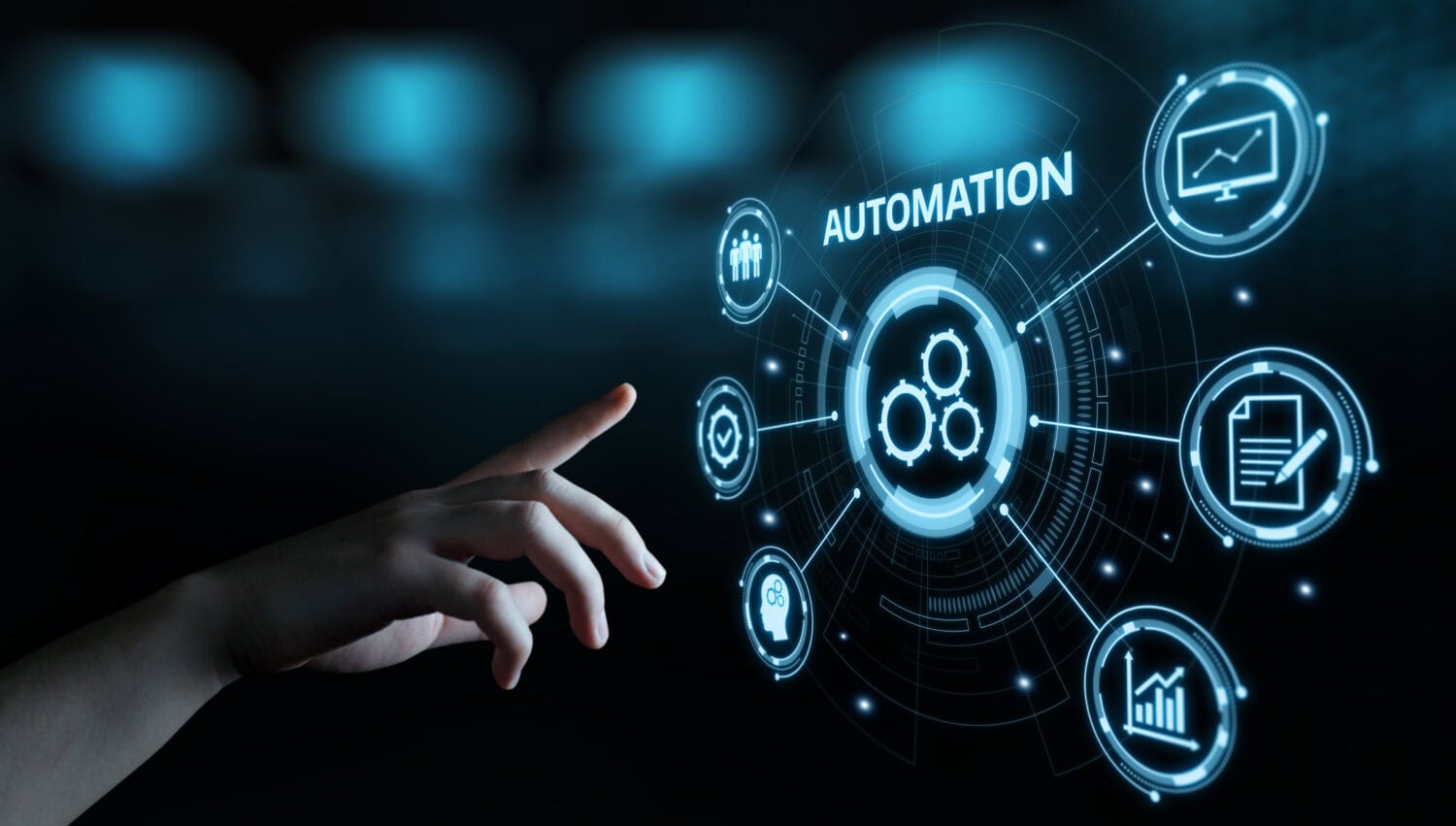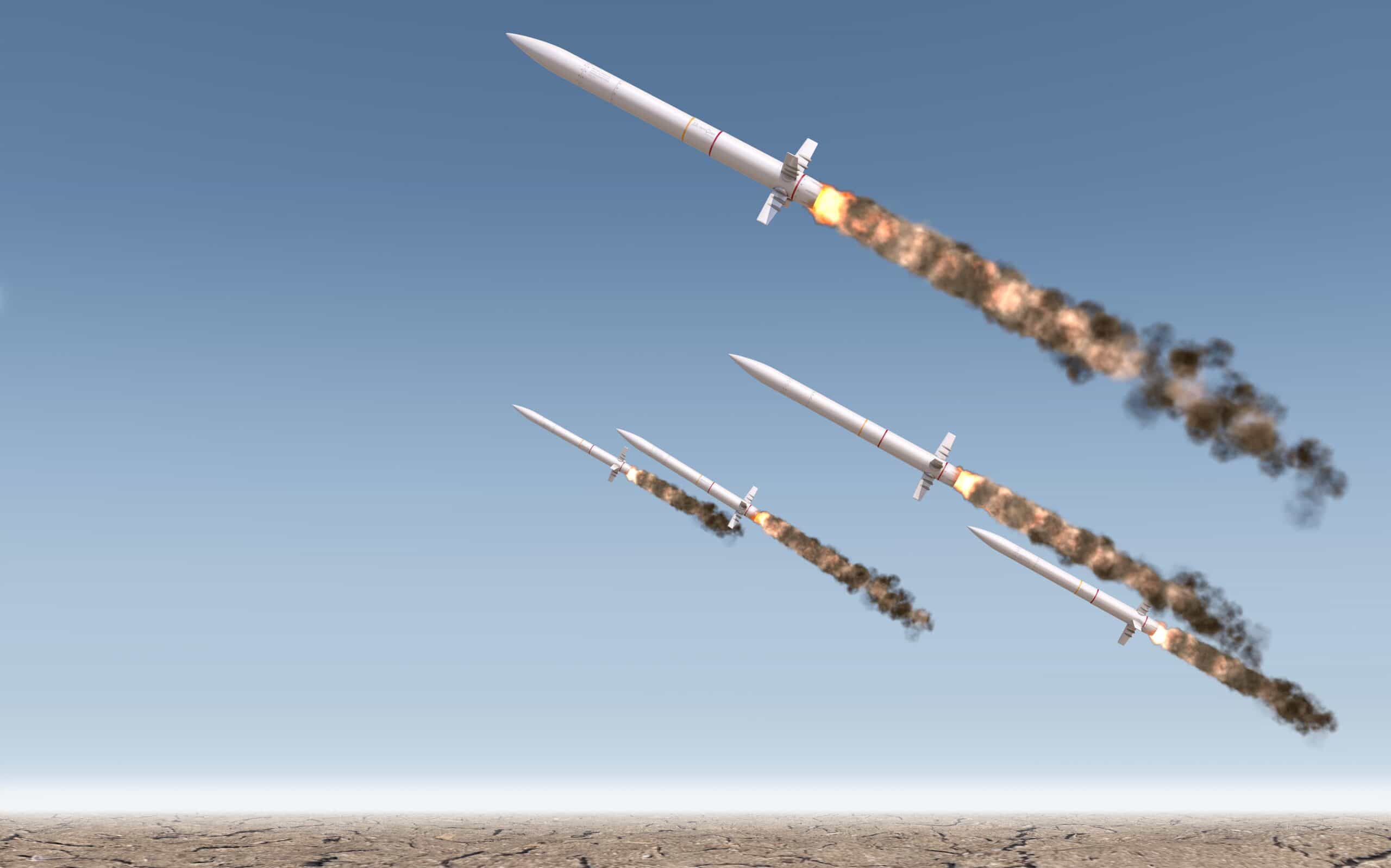
As artificial intelligence (AI) gains widespread adoption in the public and private sectors, defense is another area where AI will bring about significant changes. As the top militaries around the world invest heavily in AI, a new arms race appears certain. The changes will probably not be immediate, but they will be profound. This article will examine four ways in which the advent of AI will change warfare forever.
Why This Matters

China, Russia, and the United States are leaders in investing in AI for military use, but other seemingly middle powers could emerge as major players in the next century. AI offers great opportunities but also great risks. It’s important to fully understand what’s at stake and what can and should be done to mitigate the risks. Humankind may be on the brink of the next great military revolution.
Closing the OODA Loop

The OODA Loop is a decision-making process developed by US Air Force Colonel John Boyd. It stands for “observe, orient, decide, act” and was initially developed for fighter pilots in Korea. The concept was later applied to higher levels of combat and is standard doctrine across most Western militaries today. In modern warfare, speed of decision-making and disrupting the enemy’s process is vital.
One of the most important aspects of the OODA loop is the first: observe. Getting a clear picture of the battlefield has concerned generals for millennia. As the former British general and Prime Minister, Arthur Wellesley (best known as the Duke of Wellington) put it:
All the business of war, and indeed all the business of life, is to endeavour to find out what you don’t know by what you do; that’s what I called ‘guessing what was at the other side of the hill
In essence, AI could hold the key to seeing what’s on the other side of the hill and drastically reduce the time it takes to make a decision. By seamlessly synthesizing vast quantities of data into one manageable interface, the commander on the ground would hold a huge advantage over a less informed adversary. However, there’s still some way to go before AI is at the needed level. The US Space Force and Navy have found that generative AI is unsuitable for military use.
Cost Efficiency

One aspect of AI in warfare is how much lower the bar to entry is for less established powers. For example, maintaining an effective air force today requires huge investments in resources and time. At an estimated lifetime cost of $2 trillion, the F-35 program is the most expensive in military history. For comparison, the B-29 program in World War Two (which cost much more than the atomic bomb) cost the equivalent of $49 billion. Very few nations can afford to run the F-35, much less develop an equivalent aircraft.
Conversely, an autonomous kamikaze drone worth a few thousand dollars is readily available to almost any military in the world. Houthi attacks on shipping in the Red Sea neatly illustrate the problem for more established powers. The US has spent billions countering drones that cost the Iranian-backed militants thousands.
As production and technology improve, the sticker price of a drone like the Iranian Shahed-136 will tumble even further. Another daunting prospect is the potential for cheaply built drone swarms to overwhelm air defenses. Israel’s Iron Dome is one of the most sophisticated air defense networks in the world, but around 10% of rockets fired at Israel still make it through. As drone swarms’ capabilities improve, so will the challenge and expense of stopping them.
Automation

Military spending is on the rise globally, but paradoxically, militaries are getting smaller. The United States, France, and the United Kingdom are all having serious difficulties meeting their recruitment and retention goals. This is a global phenomenon partly caused by worldwide demographic shifts. It is especially acute in East Asia, where the fertility rate is at a crisis level. South Korea’s extremely low birth rate may have serious security implications in the near future. Though Seoul is emerging as a leading arms producer, and its military enjoys a qualitative and quantitive edge over its adversary to the north, its population will contract sharply in the next century. Even with a two-year draft in place, South Korea may soon not have enough troops to man the demilitarized zone.
Large armies may soon disappear as populations contract and grow older. Additionally, the dwindling pool of military-age adults in most countries is increasingly averse to a career in the military. However, the answer may already be at hand.
The United States is already investing huge sums in developing autonomous support aircraft to support manned devices in combat. The Collaborative Combat Aircraft (CCA) program is intended to reduce the reliance on manned aircraft. The CCA program attracted interest from Silicon Valley, Anduril, a young startup, beat out more established names in the defense sector to win a lucrative CCA contract. The company is also one of several developing underwater drones.
Hyperwar

What if the human element is removed entirely from warfare? This isn’t an especially new idea, experts have grappled with the question for years. It is possible that in the not-so-distant future, lightning-quick decisions will be made involving autonomous weapon systems in the air, on land, and at sea. Human input will be minimal in a future hyperwar scenario.
On the plus side, removing the human element removes a lot of friction that has plagued military operations since time immemorial. Hesitation and mistakes caused by stress could be consigned to history. AI could reach a level of precision humans could never manage and sharply reduce collateral damage.
Conversely, the capacity for bad actors to abuse AI’s capabilities is alarming. No hesitation also means no moral qualms. A repressive regime could use autonomous drones to clamp down on opposition or attack an adversary with no regard for civilian lives. Furthermore, there is a much greater risk of escalation with AI-controlled systems.
On May 6, 2010, automated trading on Wall Street triggered a “flash crash.” The Dow Jones index dropped 9% of its value in a matter of minutes. The crisis was soon resolved, but the consequences of a “flash war” wouldn’t be easily reversed. Nuclear war is unthinkable to any rational person. Yet, in the cold logic of an algorithm, there could conceivably be a scenario where a pre-emptive nuclear strike appears as the optimal move.
Conclusion

Revolutions in military matters are few and far between and tend to take time to bed in. The musket, for example, fundamentally changed warfare but still took generations to fully supplant bows in battle. Similarly, air and armored warfare emerged during World War One but didn’t play a decisive role until World War Two. AI will probably follow a similar albeit shorter trajectory. The advances in artificial intelligence are rapid and outpacing legislation designed to control it.
As this article has shown, the advantages are clear. Smarter and faster decision-making is already apparent and will only improve further in the near future. Autonomous weapons offer tremendous value for money and offer an easier entry point for so-called lesser powers. Only the richest nations can afford a top-of-line air force, but drones can offer comparable performance at a tiny fraction of the cost. Autonomous drone swarms acting in tandem could overwhelm far more costly air defense systems.
The dangers of AI are equally stark. There are serious ethical concerns to contend with, as machines could carry out truly heinous acts with no hesitation. In the wrong hands, militarized AI is a grave threat to peace and stability. Yet, as risky as developing AI for military use will be, the greater risk is in not developing it.
It’s Your Money, Your Future—Own It (sponsor)
Retirement can be daunting, but it doesn’t need to be.
Imagine having an expert in your corner to help you with your financial goals. Someone to help you determine if you’re ahead, behind, or right on track. With SmartAsset, that’s not just a dream—it’s reality. This free tool connects you with pre-screened financial advisors who work in your best interests. It’s quick, it’s easy, so take the leap today and start planning smarter!
Don’t waste another minute; get started right here and help your retirement dreams become a retirement reality.
Thank you for reading! Have some feedback for us?
Contact the 24/7 Wall St. editorial team.




